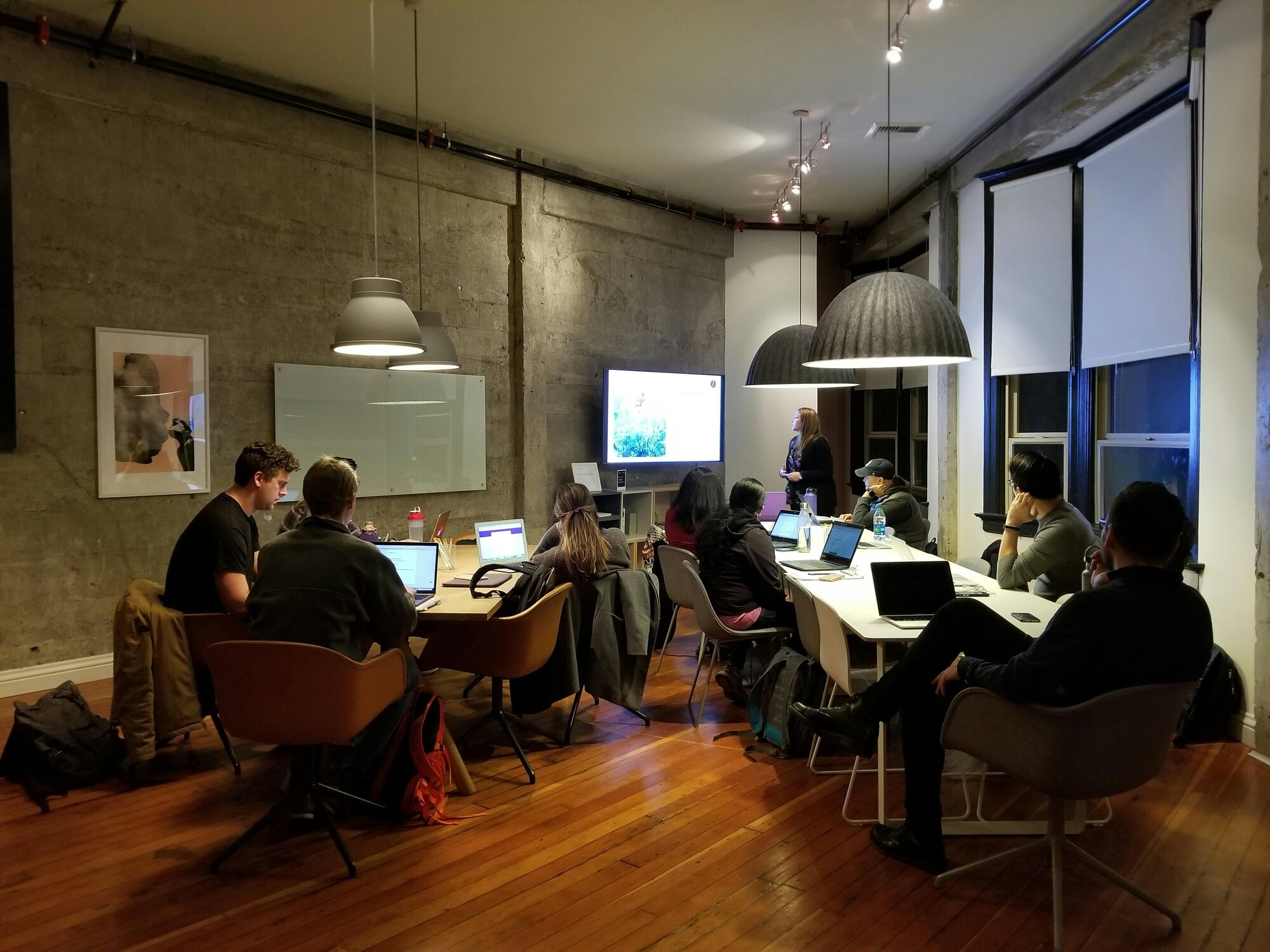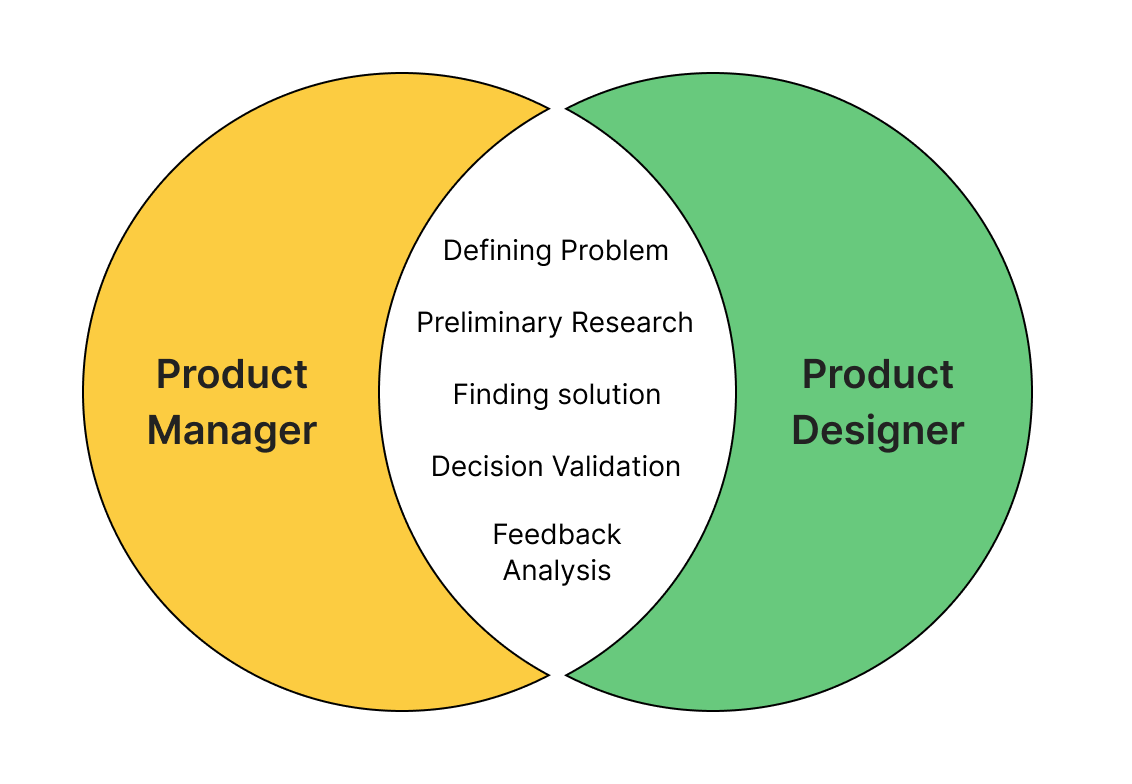Interpersonal communication is too complex a topic to cover in a single article. We often face challenges when communicating in our native language within familiar environments. Now, imagine working with teams spread across continents, with different time zones and cultures—things can get even trickier. Communication barriers, cultural differences, and time zone gaps can make misunderstandings more frequent, and their impact more significant than in local teams.
Having previously lived and worked in Russia, I recently relocated to the U.S., where international teams are the norm in most companies. Remote work adds fuel to the fire. For instance, I work fully remotely, and my teams include members from the U.S., India, and Poland. While working in such an environment is fascinating, it also presents unique challenges. In this article, I’ll share practical advice based on my experience.
Many of these tips are applicable to local teams, but I’ll highlight aspects that are especially critical in global settings.
Part 1: Working with development teams and stakeholders in a global environment
Imagine this: you write detailed user stories, review everything during grooming sessions, give clear instructions, and hand over tasks to the development team. A week later, they deliver the results—and it’s not quite what you expected. Sound familiar? In my experience, the phrase "unclear requirements" is common in such scenarios, regardless of location. Or, perhaps, a feature is delivered as expected, but a key stakeholder says, "This isn’t what we agreed upon." These situations can cause significant delays in global teams. That’s why I now pay extra attention to clarifying expectations for both myself and my team.
- Visualize as much as possible
For me, “showing” always wins “telling”. Besides, visualization works equally well across different cultures and regardless of languages.
For development teams, I complement written task descriptions with visual elements whenever possible. This can be as simple as taking a screenshot, highlighting a specific area, and adding a comment. Other times, I create realistic mock-ups of updated pages or multi-page workflows with arrows, sticky notes, and annotations.
During discussions, I often open the application and demonstrate the issue live—whether it’s a bug or the current "as-is" process. My team has become so accustomed to this that they now remind me when I forget: “Could you open the app and show us where that is?”
I also use visual tools to collect and confirm product requirements. For example, I recently needed to confirm a rollback plan in case of a failed launch. I created a simple diagram with two levels: the first showed possible issues, and the second outlined actions we could take for each scenario. I used green sticky notes for agreed-upon items and pink ones for areas requiring discussion. This approach provided a complete picture, showing both progress and gaps—essential for stakeholders.
For these tasks, I’ve used Miro for years, but you can use any tool that fits your needs.
- Regularly check for task understanding
Clear and precise requirements are essential for success. The definition of “clarity” can vary depending on a team’s seniority, but as a product manager, it’s your job to ensure the team understands what’s expected and what the final result should look like.
After discussing tasks during grooming sessions, I ask direct questions like:
- “Do you understand the acceptance criteria?”
- “How do you interpret the expected result?”
- “Do you have any doubts? Any doubts at all?”
I ask every team member individually, including developers and QA engineers. If the task is complex, I might ask each person twice during the discussion. This may seem excessive, but it ensures everyone is aligned—especially in global teams, where cultural factors can make people hesitant to express uncertainty (more on this later). Over time, you’ll also develop a sense of each team member’s confidence through their responses.
- Don’t skimp on documentation
I agree that “working software is more important than comprehensive documentation”. There’s also a trend suggesting that PRDs or BRDs are outdated and that user stories alone are sufficient. However, I’ve found that with large projects, something inevitably gets lost without proper documentation, leading to misalignment between teams and stakeholders.
While this advice may not apply to startups, it’s essential in corporate settings. Well-documented requirements prevent confusion down the line. I understand that documentation can feel like a waste of time, but investing in it now saves time later. Instead of spending 30 minutes explaining something during a meeting, you can simply send a prepared document. Plus, once stakeholders approve a document, it’s harder for them to change their minds later.
By investing more time in these areas, I’ve seen fewer misunderstandings and smoother processes. Spending extra time during the planning phase accelerates development and improves the final result.
Part 2: Self-organization and Time management – "Level 2.0"
Time zone differences present another challenge. Team members may begin their workday while you’re offline, and vice versa. I’ve noticed how this can cause entire days of progress to be lost. To address this, I’ve had to become more organized than ever before. Here’s how you can avoid unpleasant surprises:
- Avoid last-minute actions
One of the first lessons I learned working with international teams is the importance of being ahead of schedule. I avoid sending anything at the last minute because Murphy’s Law tends to strike—links won’t open, files will be too large, or archives will be corrupted just when the team is preparing for release.
In global teams, tight schedules are a significant risk. When your team starts their day, you might be asleep, and if they encounter broken links or access issues, it’ll be too late to fix them by the time you wake up. Always plan with a buffer.
- Master time management
Flexible scheduling is crucial when working across time zones. I recommend arranging your day to maximize overlap with other countries. For example, I live on the U.S. West Coast and start work at 6 AM to align with other regions. Even so, I only get a 2.5-hour overlap with India and two hours with Poland.
I used to start my day slowly, allowing time to settle in, but that luxury is no longer feasible. Now, my mornings are reserved for meetings, discussions, and issues requiring immediate attention. Everything else waits until later. I also plan my "tomorrow" at the end of each workday—adjusting to time zone differences means changing habits.
Of course, standard practices like iterative work, regular sync meetings, milestones, and tracking still apply. These remain unchanged.
Part 3: Cultural differences
When working with people from different countries, it's essential to understand that we all see the world differently. The same situation can be interpreted in entirely different ways depending on cultural traditions. I believe Erin Meyer's book "The Culture Map" is an excellent starting point for exploring these differences, and I highly recommend reading it.
- Be aware of the cultural characteristics of your team members and learn to “read between the lines”
I don't encourage stereotyping, but every culture has traits that are common to most people raised within it. Knowing these traits is already half the battle. Here are a few examples:
Some cultures are more direct in their communication, while others prefer a more polite and indirect approach. For example, if someone from an Indian or Japanese team answers, “Yes, I understand,” it doesn’t always mean they fully understand or agree — it might just indicate they want to avoid offending you. In these cases, I usually follow up with additional questions to verify understanding.
Another difference is how mistakes or issues are discussed. In some cultures (like the U.S. or Germany), it's common to address problems directly. Meanwhile, in others (like India or Japan), people may avoid criticizing openly and instead use hints or softer language. As a manager, you need to develop the skill of interpreting these nuances and encouraging transparency.
- Create a safe space for honest feedback
Building trust and psychological safety is crucial, especially in global teams. People need to feel comfortable voicing concerns, even if they are from a more reserved culture. I always make it clear that my door is open for questions and feedback, and I model this behavior by giving constructive feedback in a respectful manner.
One tactic I’ve found helpful is conducting regular check-ins with team members, asking open-ended questions like:
- “How do you feel about our current work processes?”
- “Are there any obstacles slowing you down?”
- “Is there anything you’d like to improve or discuss?”
These conversations not only foster trust but also allow me to catch and address potential issues early on.
Final thoughts
Managing a global, distributed team requires patience, attention to detail, and a high level of empathy. The key is to be proactive, flexible, and open to learning. By investing time in clear communication, proper documentation, and understanding cultural nuances, you can create an environment where your team thrives, despite the challenges of working across time zones and cultural boundaries.
Global collaboration is not just a challenge — it’s also a huge opportunity to grow as a professional and learn from others. The experience has enriched my personal and professional life, and I hope these tips will help you navigate the complexities of managing international teams successfully.







